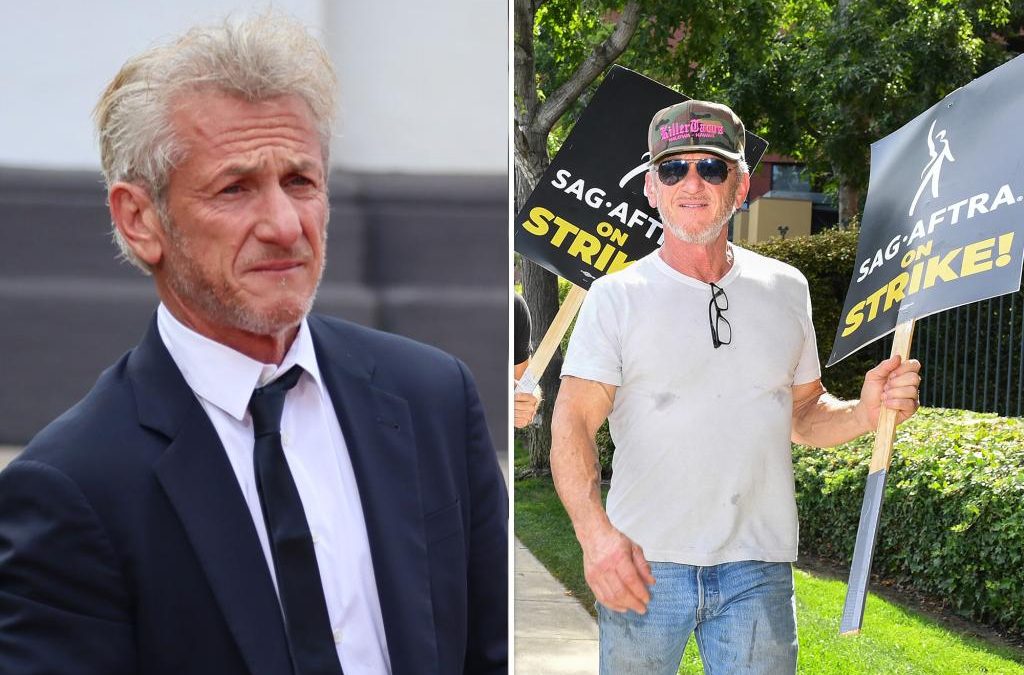Sean Penn has a warning message for Hollywood studio executives: If they want his voice and likeness, they can have it — but they’re going to have to trade his for their daughter’s.
The notoriously hot-headed “Mystic River” star is outraged over studios’ alleged interest in using artificial intelligence to exploit Screen Actors Guild members’ voices and faces for future projects, he told Variety.
So he came up with a negotiation he could pitch to studio heads with a camera crew in the room.
“So you want my scans and voice data and all that. OK, here’s what I think is fair: I want your daughter’s, because I want to create a virtual replica of her and invite my friends over to do whatever we want in a virtual party right now,” Penn raged in typical fashion.
“Would you please look at the camera and tell me you think that’s cool?” he imagined asking.
The use of AI has been a contentious issue amid ongoing negotiations between studios and actors and writers who have been on strike for months fighting for a contract that better protects workers in the entertainment industry from changes brought on by streaming and emerging tech.
In their absence, however, major studios like Netflix and Disney have been offering hundreds of thousands of dollars a year for AI-related positions.
Penn, who recently directed the Ukraine war documentary “Superpower,” said he was completely serious about his absurd offer to execs.

“It’s not about business,” the 63-year-old said. “It’s an indecent proposal. That they would do that and not be taken to task for it is insulting. This is a real exposé on morality — a lack of morality.”
The Writers’ Guild of America walked off the job in May and was joined on the picket lines by SAG-AFTRA on July 13, shutting down production of most movies and television shows across the country.
AI experts have increasingly been in demand as intelligent software has reached a point where it can actually replace many jobs.
As a result, recent job listings at Netflix, Amazon and Disney boast salaries that would place them among America’s top 1% of earners.
Source




